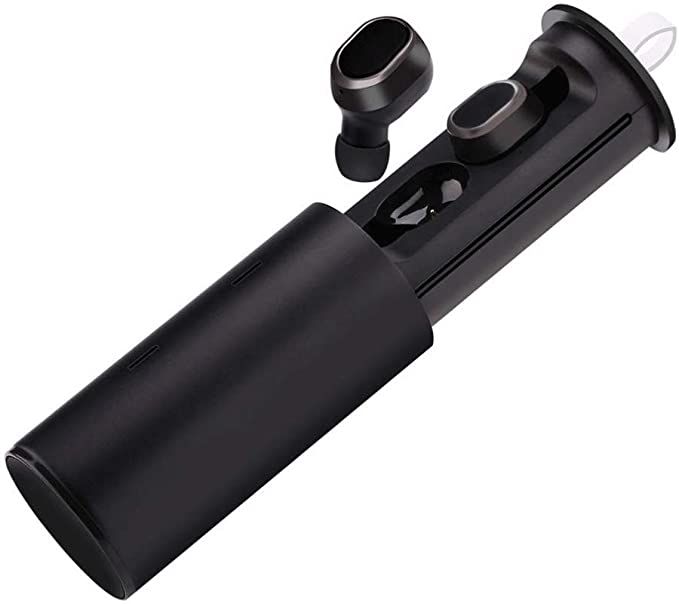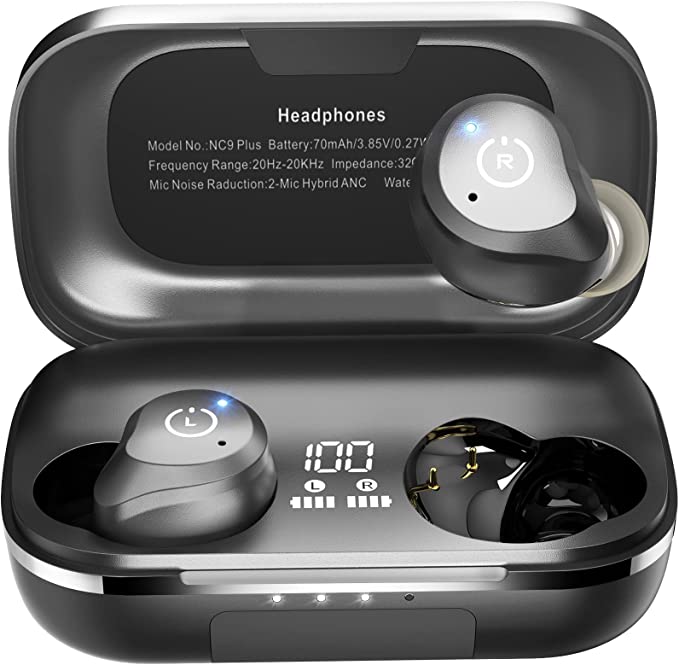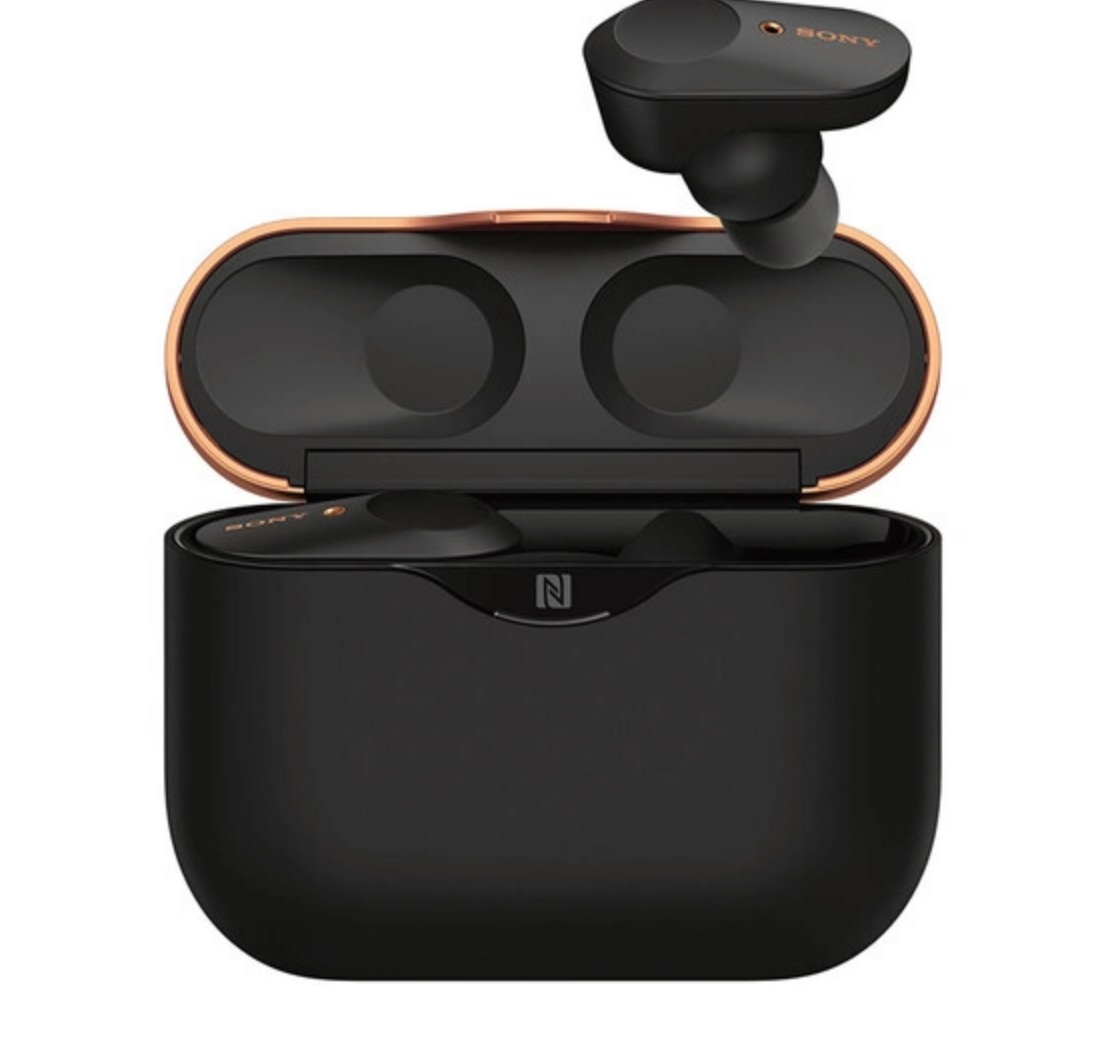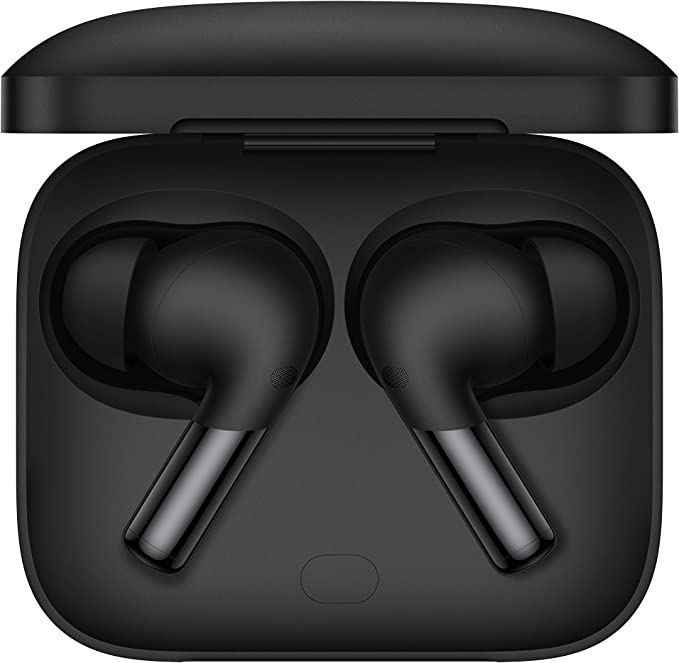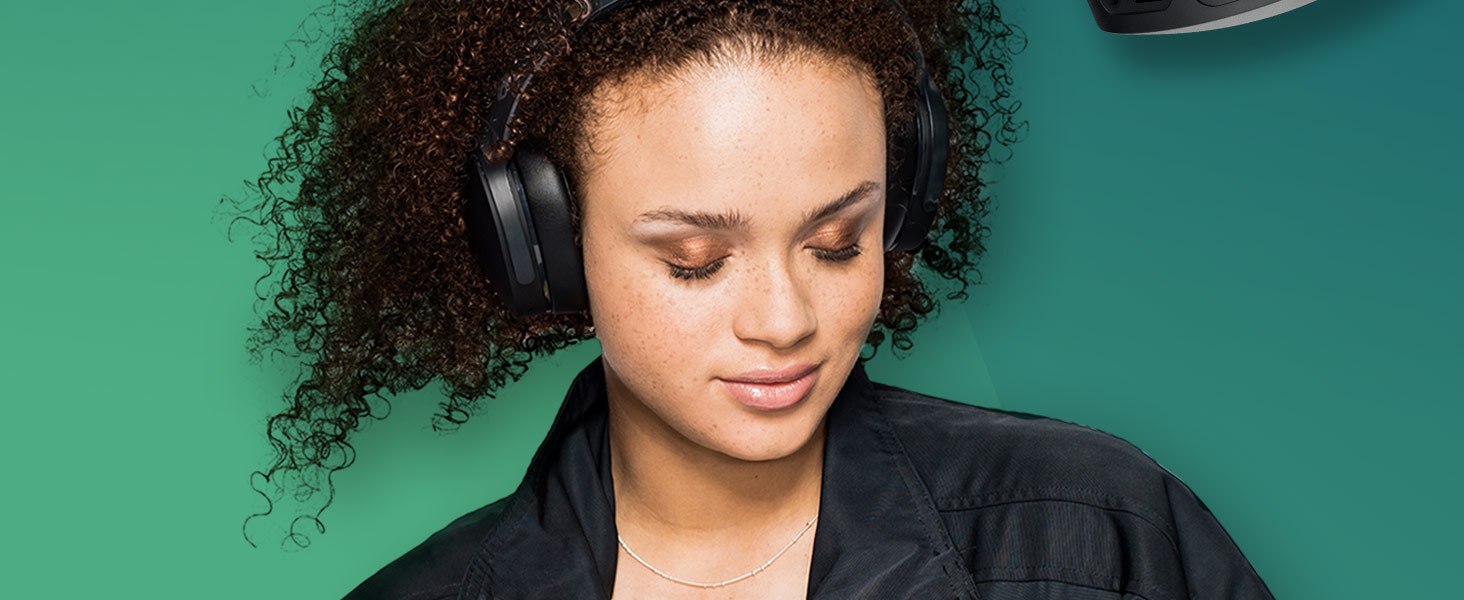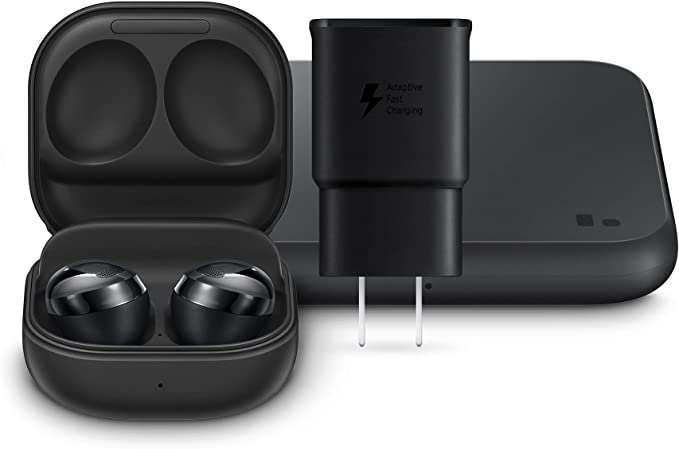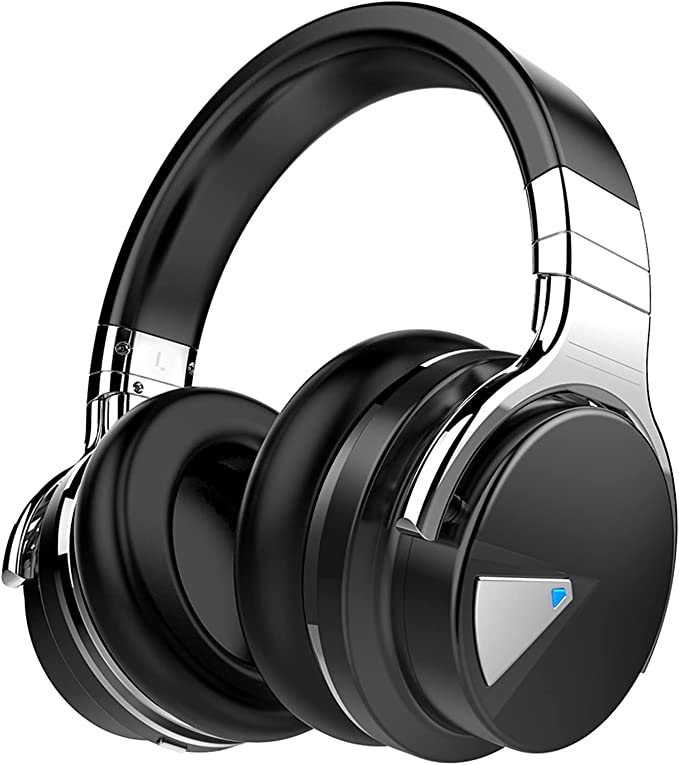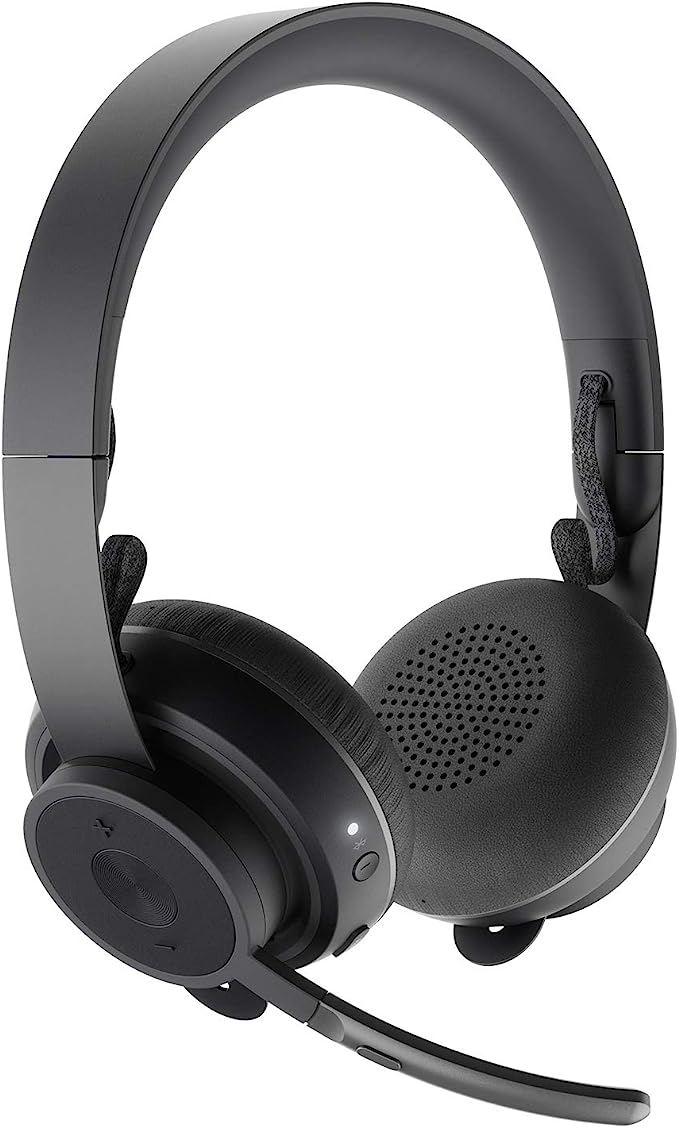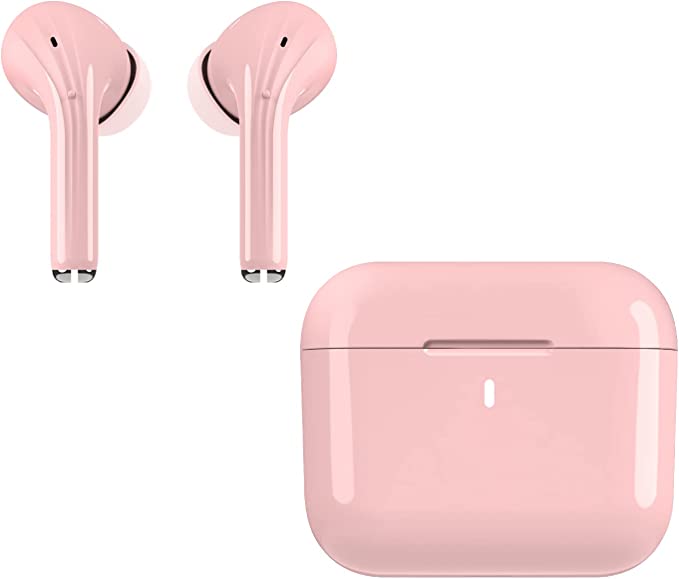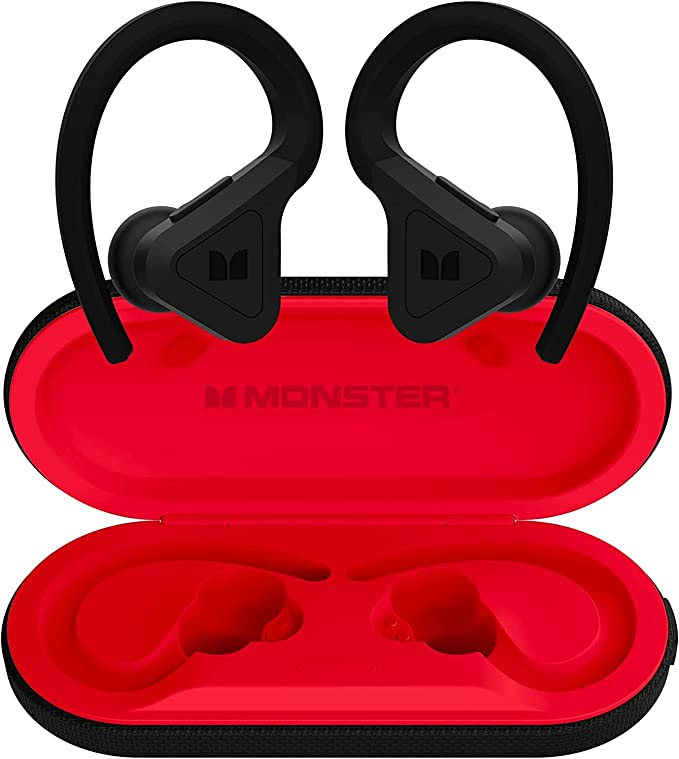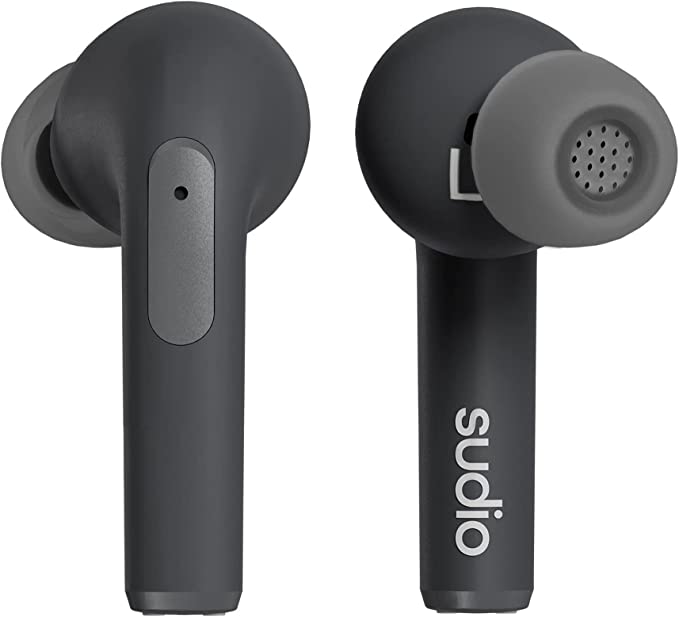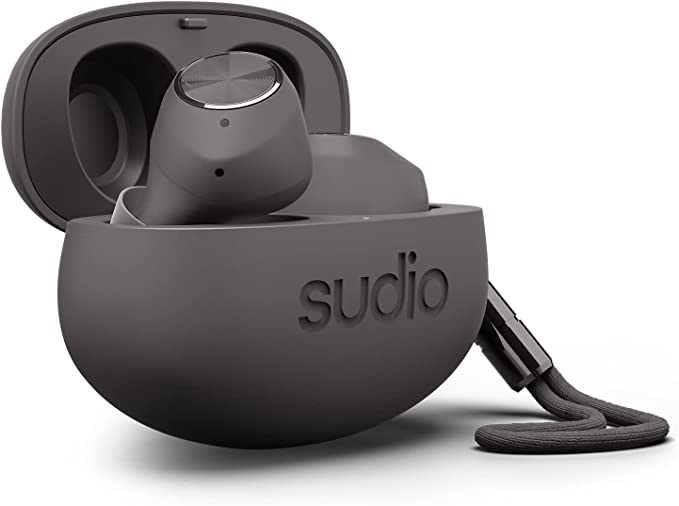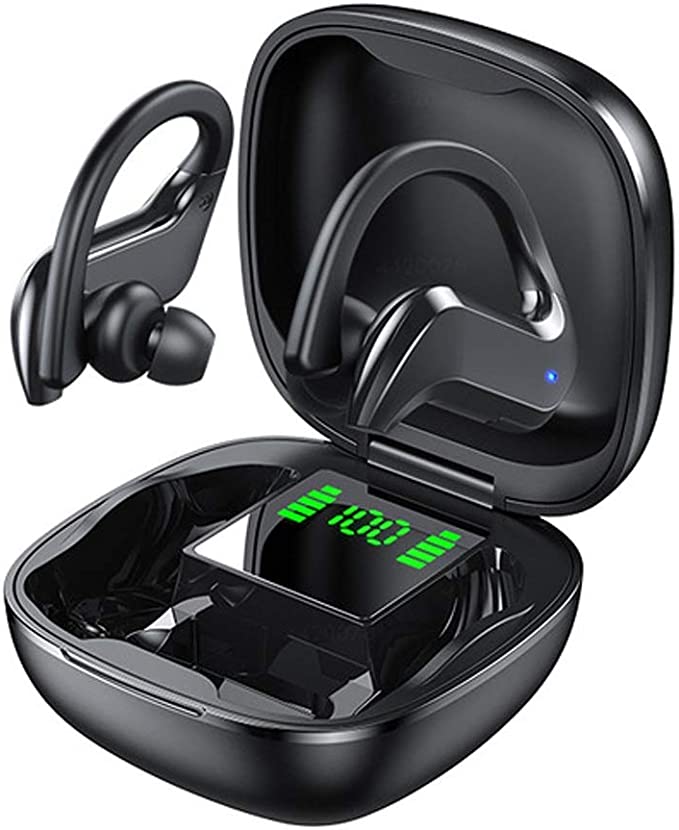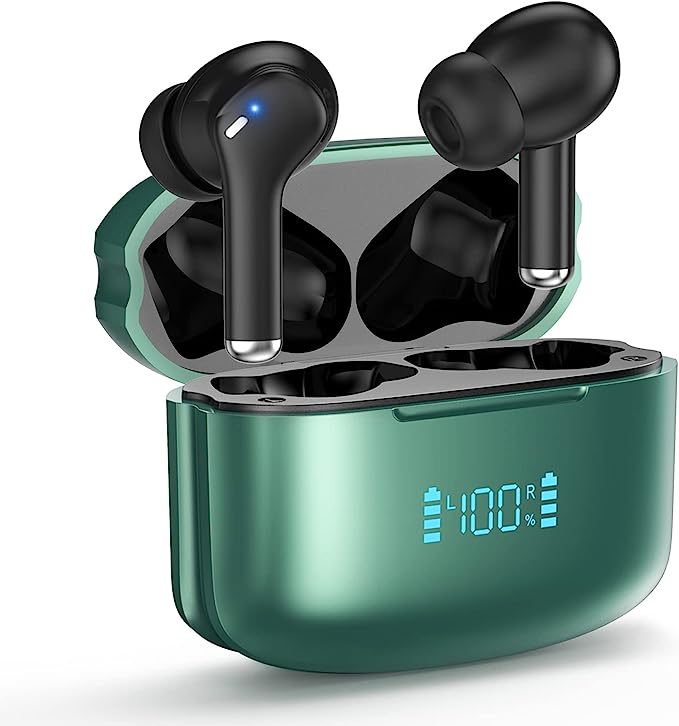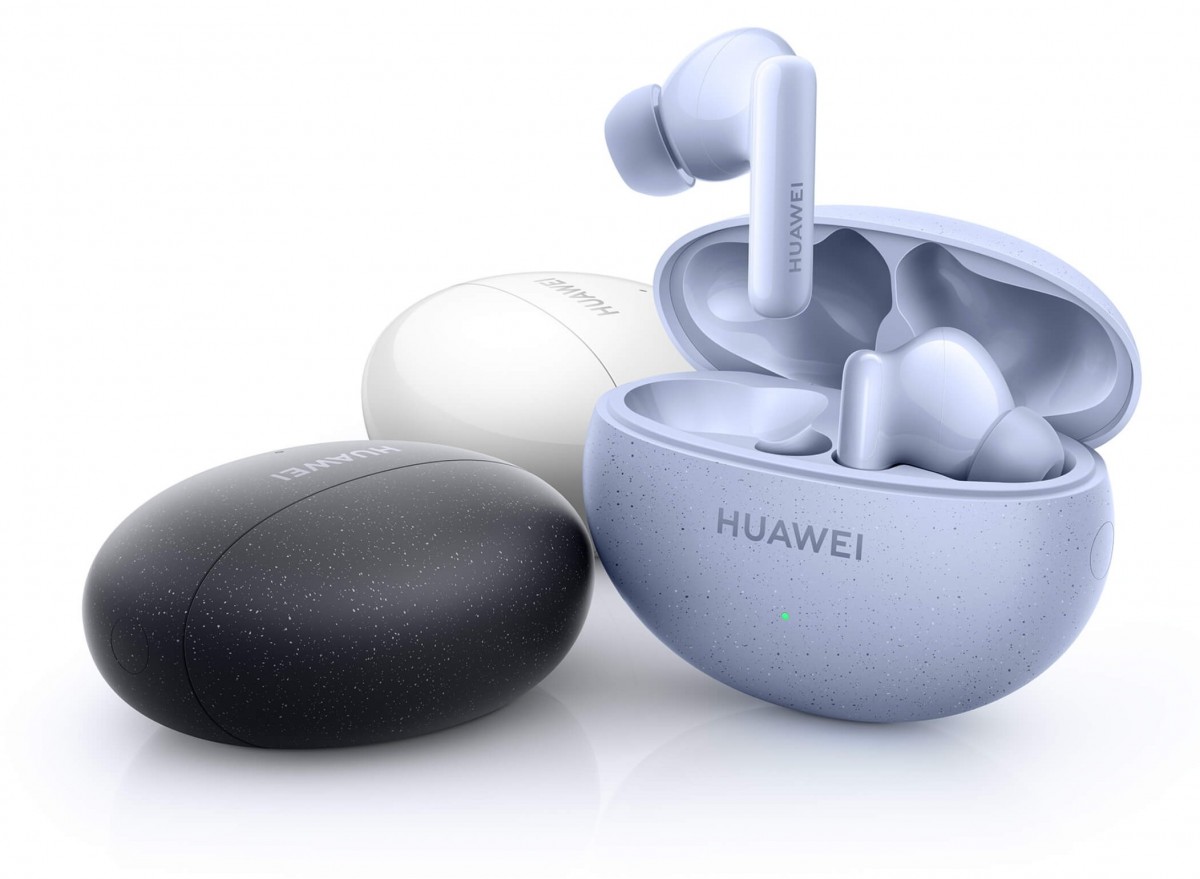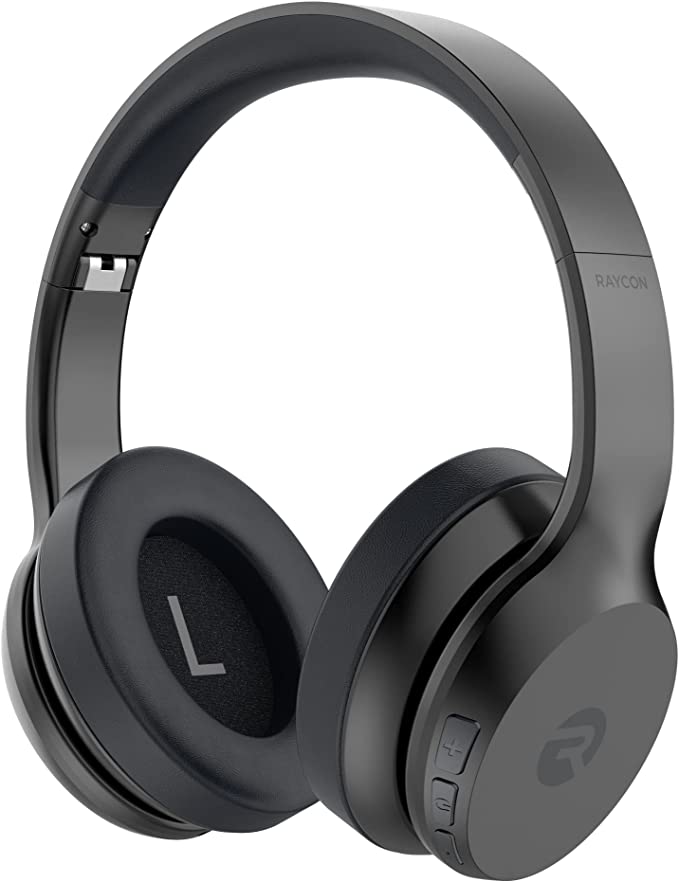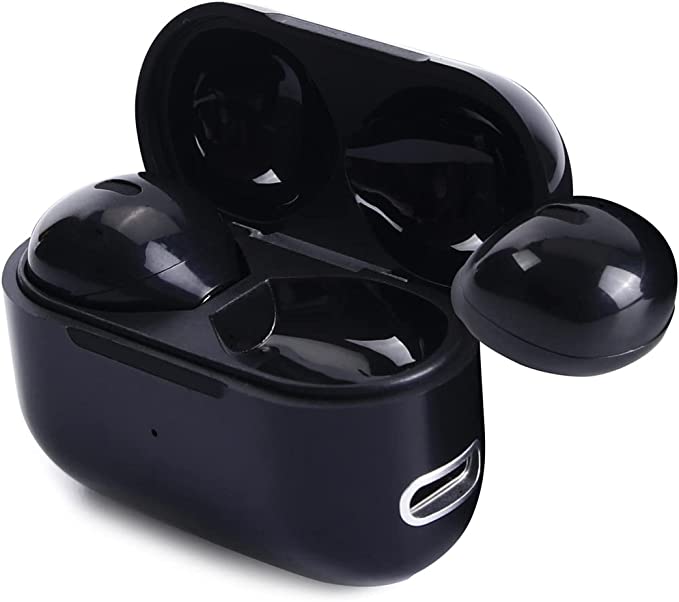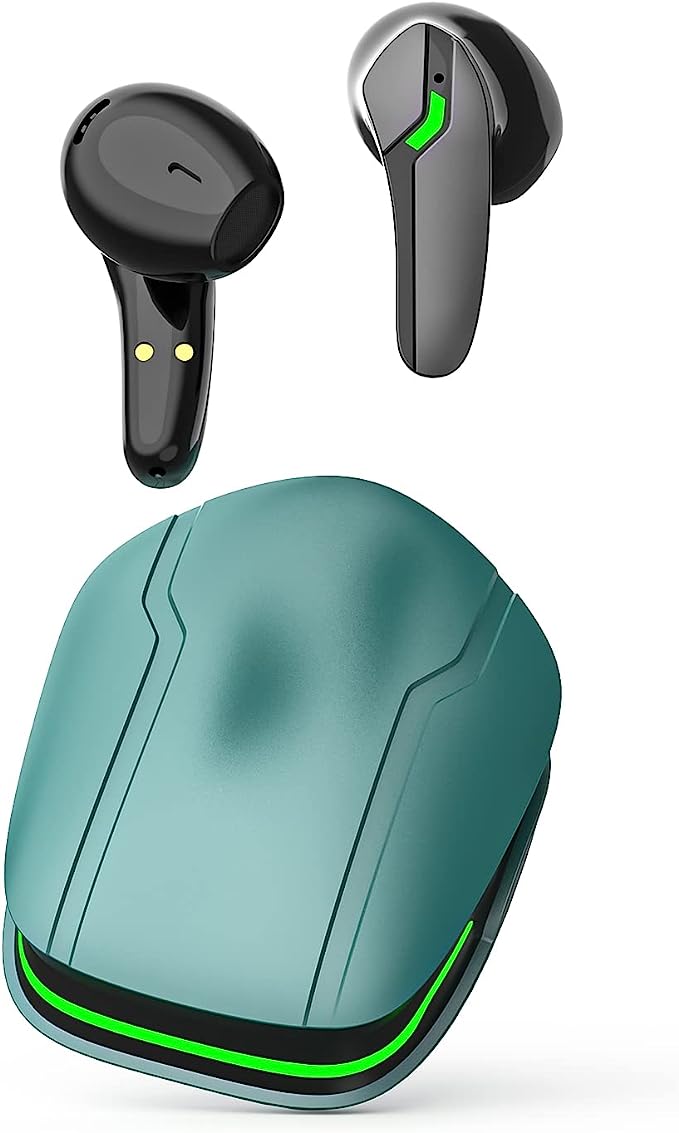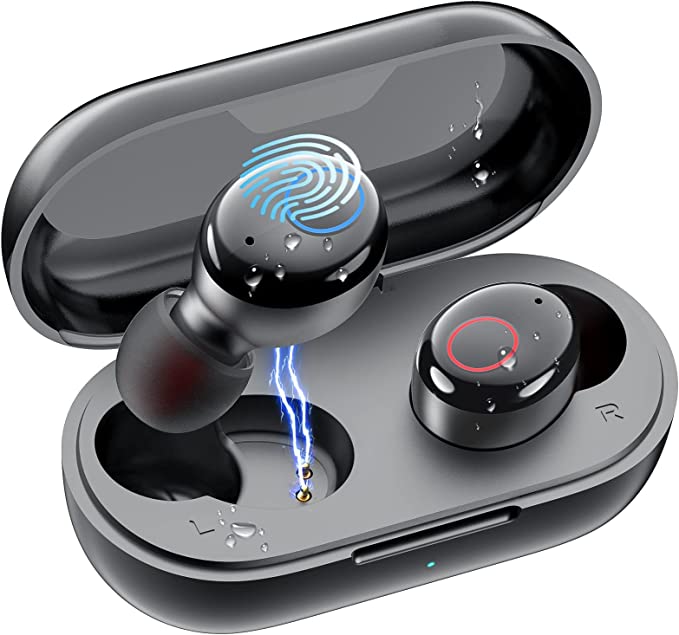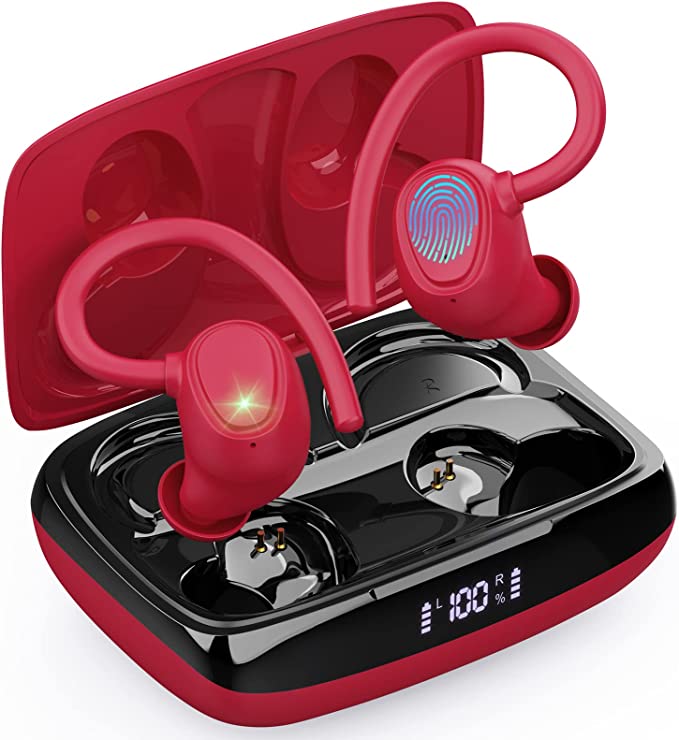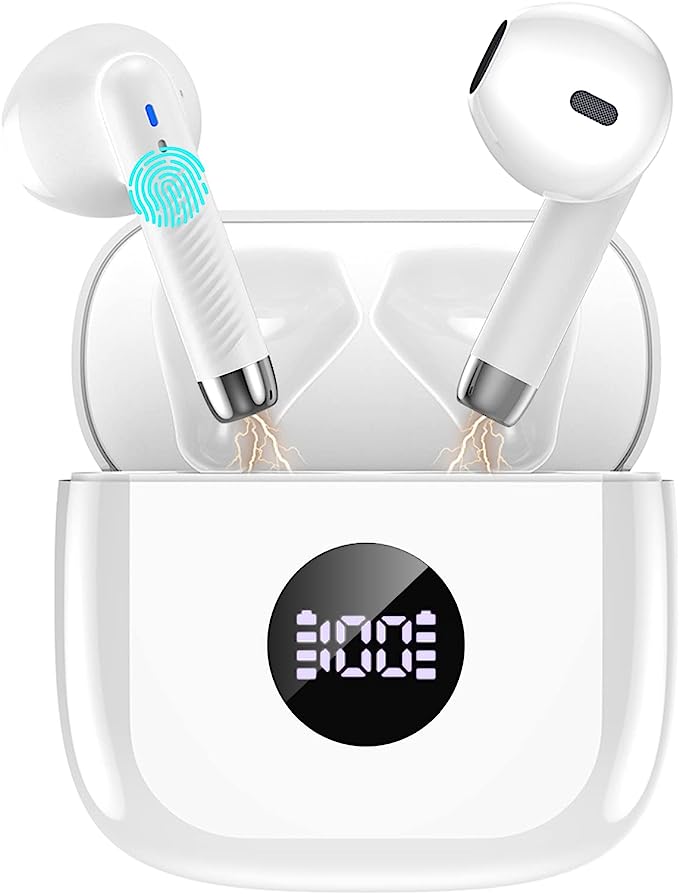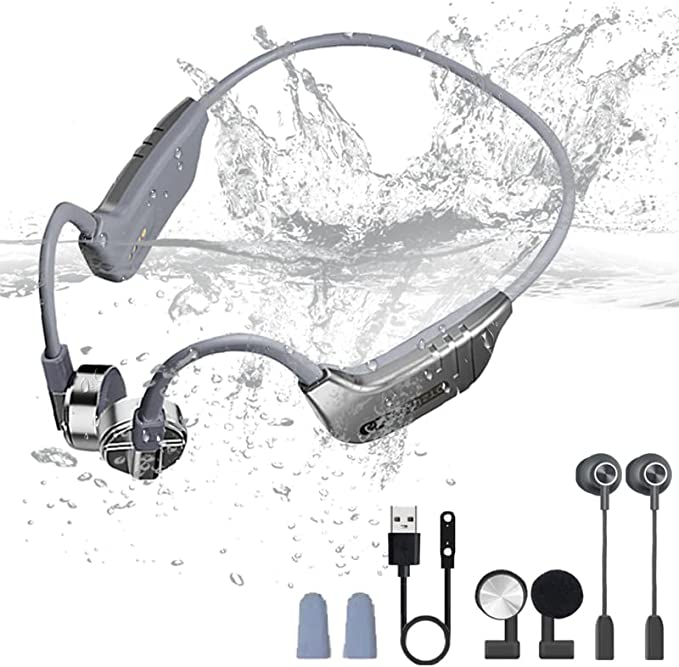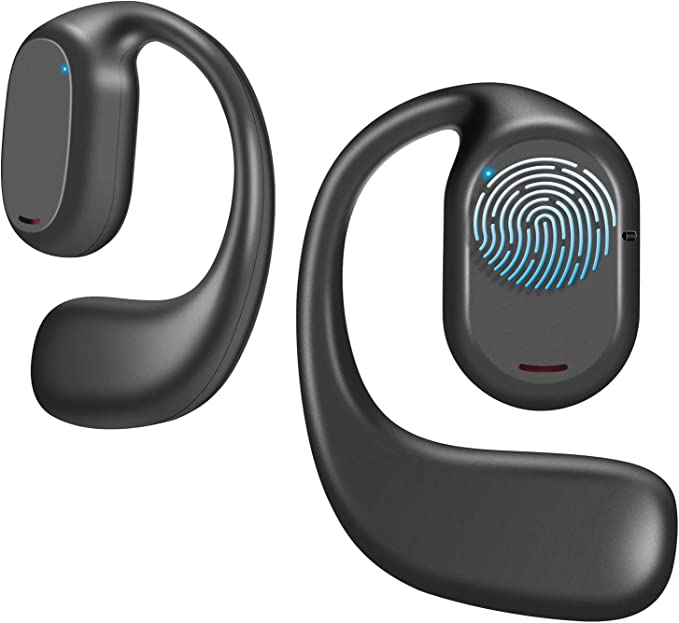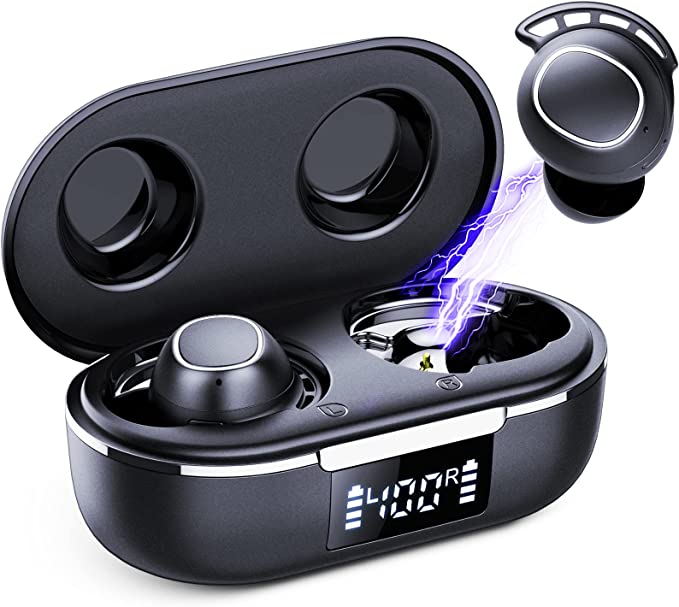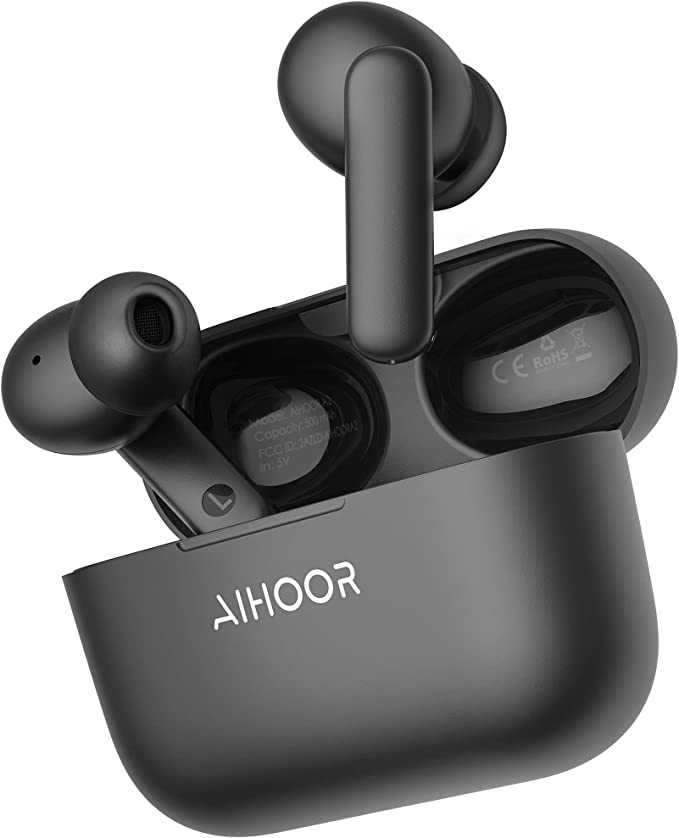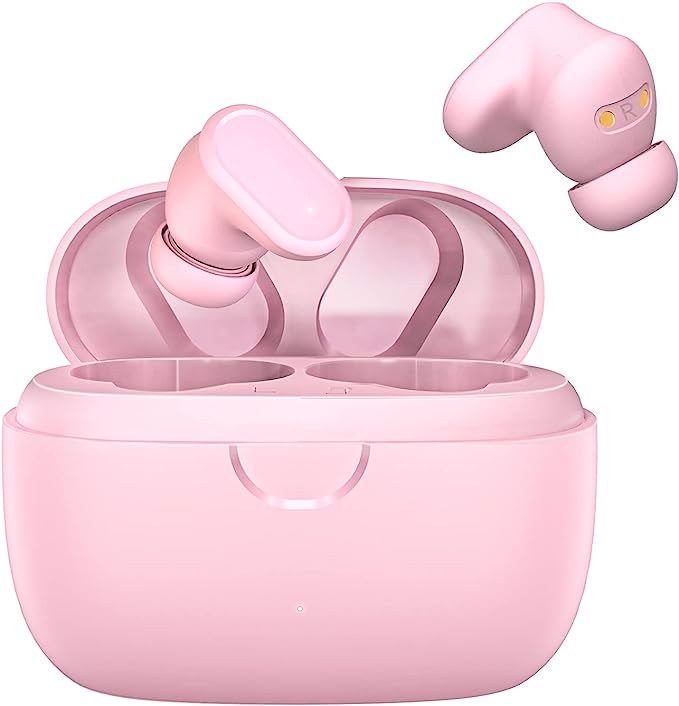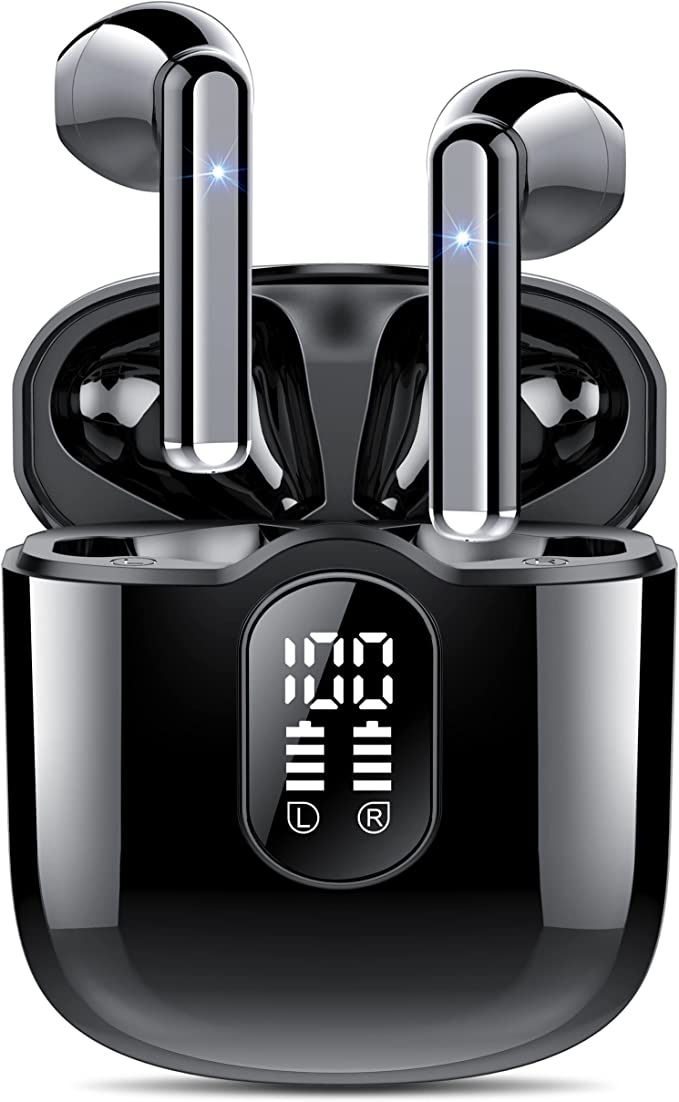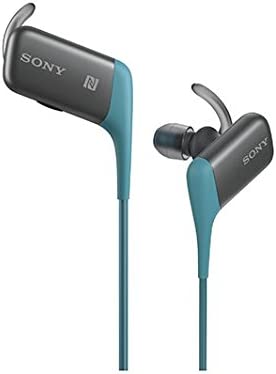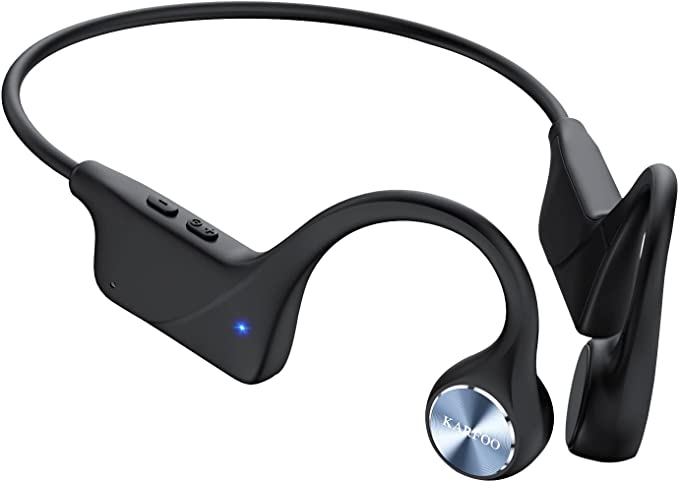Bose QuietComfort Earbuds II: Your World, Your Sound, On Your Terms
Update on July 5, 2025, 5:48 a.m.
The year is 1978. Dr. Amar Bose, a professor at MIT and a lifelong audiophile, is on a transatlantic flight from Zurich to Boston. He puts on the airline-provided headphones, eager to lose himself in music, only to be met with a frustrating reality. The delicate notes are mangled, drowned out by the relentless, monotonous roar of the jet engines. For most, this is a minor annoyance, a simple reality of air travel. For Dr. Bose, it was more. It was a problem of physics, an engineering challenge that sparked a decades-long obsession. In that moment of frustration, a question formed, one that would define his legacy and the future of personal audio: Could you use sound to cancel sound?
Nearly half a century later, the Bose QuietComfort Earbuds II rest in your palm, the modern incarnation of that very question. They are a marvel of miniaturization, a testament to that relentless pursuit of silence. But as with any story of genius, the brilliance is only one part of the tale. To truly understand these earbuds is to understand both the maestro who conducts the symphony of silence and the mischievous ghost that haunts the machine.

The Maestro’s Symphony of Silence
To say these earbuds have Active Noise Cancellation (ANC) is like saying a master chef just “cooks food.” It fails to capture the artistry. What happens when you put them in is less like flipping a switch and more like a world-class conductor stepping onto a podium. Imagine the cacophony of your daily life—the low rumble of the subway, the ceaseless hum of an office air conditioner, the distant traffic—as a chaotic, unruly orchestra. The moment the earbuds are in, an unseen maestro raises a baton.
This maestro is armed with the law of destructive interference. Outward-facing microphones listen intently to the chaos, and in less time than it takes to blink, an internal processor creates a perfect sonic inverse of that noise—an “anti-sound.” This anti-sound is then played by the speakers into your ears. When the original sound wave (a peak) meets the anti-sound wave (a valley), they neutralize each other. The result is an almost unnerving quiet, a pocket of stillness so profound that users have rightly called it “revolutionary.” This is Dr. Bose’s dream, realized and delivered directly to your eardrum.
But the genius doesn’t stop there. Bose understands that your experience of sound is as unique as your fingerprint. This is where CustomTune technology becomes the orchestra’s master tailor. Think of it like buying a bespoke suit. An off-the-rack garment might fit, but it never feels truly yours. When you first insert the QC Earbuds II, they play a gentle chime—a quick acoustic measurement. An internal microphone “listens” to how that sound reflects off the unique geography of your ear canal. It’s a process rooted in the science of psychoacoustics, which confirms that the physical shape of our ears dramatically changes how we perceive sound.
In that instant, the earbuds create a personalized audio profile. They don’t just tailor the noise cancellation to your specific anatomy; they also adjust the sound performance itself, ensuring the bass thumps and the highs shimmer exactly as they should, creating a sound that feels less like it’s being played at you and more like it’s being performed for you.
Of course, none of this electronic wizardry would matter without a solid foundation. The Bose Fit Kit, with its array of silicone tips and stability bands, is that unsung hero. It’s not just about comfort; it’s about creating a perfect physical seal. This passive noise isolation is the essential groundwork, the soundproofed concert hall in which the maestro performs. Without that seal, the ANC would be fighting a losing battle, like trying to cool a house with the windows wide open. The ergonomic design, which tucks a soft wing into the contour of your ear, ensures this foundation is rock-solid, even when you’re on the move.

The Ghost in the Machine
And yet, in this magnificent acoustic cathedral, there lives a ghost. It’s a capricious, frustrating spirit that reveals itself not in the sound, but in the silence between the notes. For all the hardware brilliance, the daily experience of using the QC Earbuds II is often a gamble with their software.
This is the other side of the story, told not in press releases, but in the detailed, exasperated user reviews that litter the internet. You’ll be deep into a podcast, and the left earbud will simply vanish, its connection dissolving into the ether. You’ll try to connect to your laptop for a video call, and the earbuds will engage in a stubborn refusal to cooperate, forcing you into a maddening ritual of un-pairing, re-pairing, and restarting your devices. One user, after repeated failures, discovered a “fix” that felt more like a superstitious rite: you must take the right earbud out first, let it connect, and only then dare to remove the left. When your product’s manual should include a section on appeasing its digital spirits, you have a problem.

This isn’t just about bugs; it points to a deeper disconnect between the cutting-edge hardware and the firmware that’s supposed to control it. And sometimes, the flaw isn’t a bug, but a baffling design choice. Case in point: the most glaring omission in the earbuds’ software is the lack of a simple “off” switch for the noise cancellation. You have “Quiet” mode (full ANC) and “Aware” mode (which pipes in outside sound), but no option to just listen to your music passively.
This becomes the product’s Achilles’ heel the moment you step outside on a windy day. The sensitive ANC microphones pick up the rush of air as a powerful, low-frequency roar and, in their diligent effort to cancel it, they generate an intensely loud feedback directly into your ears. A feature designed to create tranquility actively creates a racket, making the earbuds unusable for a run, a bike ride, or even a simple walk in a breeze. It’s a frustrating, easily avoidable flaw, made all the more poignant by anecdotes from users who found other signs of carelessness, like one who discovered the link in the app for the English user manual led to a document, in French, for a completely different Bose amplifier.

The Choice in the Quiet
So, where does that leave us? The Bose QuietComfort Earbuds II are not a simple product to be summarized with a star rating. They are a character—a brilliant, visionary maestro of sound, haunted by a flaky, unpredictable ghost. The hardware is a testament to a nearly 50-year-old dream, an engineering feat that delivers on the promise of personal silence in a way that can genuinely change your daily life. The software, however, often feels like an afterthought, a collection of quirks and omissions that can transform a premium experience into a frustrating chore.

In the end, the decision to embrace them is not a technical one, but a personal one. It comes down to a simple question: To experience the maestro’s breathtaking symphony, are you willing to learn the habits of the ghost in the machine? Are you patient enough to navigate the quirks in exchange for moments of unparalleled quiet and audio clarity? There is no right answer. There is only the quiet, and the choice you make within it.
